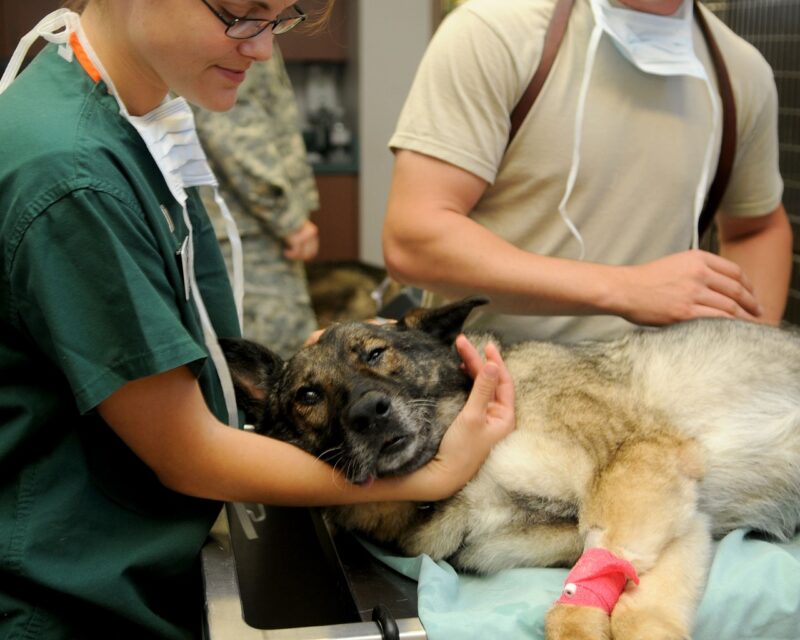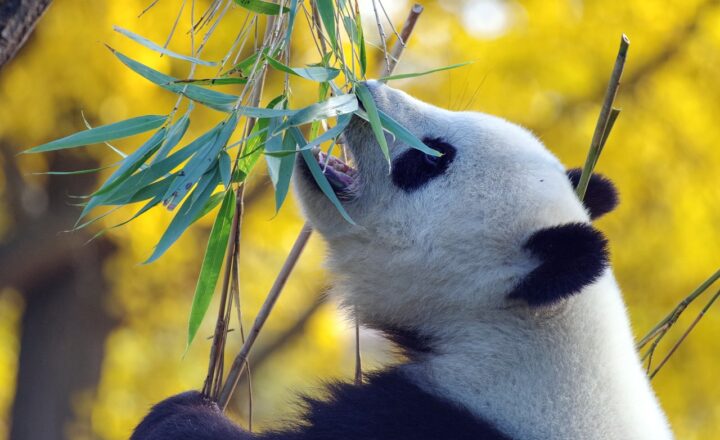How Zoos Manage Complex Animal Health Care for a Diverse Population
November 15, 2024

Managing animal health care in zoos is a multifaceted undertaking that combines veterinary medicine, conservation efforts, and public education. With a diverse population of animals from various habitats and ecosystems, zoos face unique challenges in ensuring the wellbeing of their residents. In this article, we will explore how zoos handle complex animal health care, the importance of veterinary care, nutrition, habitat enrichment, and the role of research and conservation.
Understanding the Importance of Animal Health in Zoos
Animals in zoos are not just exhibition pieces; they serve as ambassadors for their wild counterparts. Therefore, their health is of utmost importance not only for their own wellbeing but also for the overall message of conservation that zoos want to convey. Healthy animals are more likely to exhibit natural behaviors, which enhances the visitor experience and fosters a conservation-conscious mindset among the public.
One of the primary goals of zoos is to educate visitors about wildlife conservation and the plight of various species in the wild. This goal is best achieved with a population of vibrant and healthy animals that can engage visitors through their behavior and interactions.
1. The Role of Zoo Veterinarians
Zoo veterinarians are specialized professionals trained to address the unique health needs of a diverse array of animals. Their responsibilities include medical examinations, treatment of illnesses, preventive care, and surgery.
Veterinary Care Protocols
Veterinarians in zoos must create individualized health care plans for each species, considering their natural behaviors, diets, and habitats. They conduct regular health assessments and work closely with animal care staff to monitor the health and wellbeing of the animals.
Preventive Medicine
Preventive measures play a critical role in maintaining animal health. This includes vaccinations, parasite prevention, and dental care. Blood tests and other diagnostic tools are used to detect potential health issues early, ensuring timely intervention if necessary.
2. Nutrition: The Foundation of Health
Proper nutrition is crucial for the health of zoo animals. Each species has specific dietary needs that must be met to prevent malnutrition and associated health issues.
Custom Diets for Diverse Species
Zoo nutritionists work alongside veterinarians to create balanced diets tailored to each animal’s species, size, age, and medical history. This may include whole prey, specialized formulated diets, and fresh produce, sourced from reliable suppliers.
Monitoring Diets for Health and Behavior
Keepers closely monitor feeding behaviors to ensure that animals are consuming their diets appropriately. Changes in eating habits can be early indicators of health issues, prompting further veterinary evaluation.
3. Habitat Enrichment and Wellbeing
Creating a stimulating environment is essential for the mental and physical health of zoo animals. Enrichment refers to strategies that enhance the animal’s environment to promote natural behaviors and overall wellbeing.
Types of Habitat Enrichment
– **Physical Enrichment:** Modifying enclosures with structures, climbing features, or hiding spots encourages exercise and exploration.
– **Sensory Enrichment:** Using scents, sounds, or visual stimuli can engage animals’ senses, mimicking natural experiences.
– **Feeding Enrichment:** Hiding food or using puzzle feeders not only makes meal times more engaging but also stimulates problem-solving skills.
4. Research and Conservation Efforts
Zoos play a significant role in wildlife conservation and research. By studying animal health and behavior in a controlled environment, zoologists can gather vital information that can be applied to conservation efforts in the wild.
Collaborative Research
Many zoos collaborate with universities and conservation organizations to conduct research. This may include studies on reproductive health, genetic diversity, and the impacts of environmental stressors on various species. The knowledge gained can lead to more effective conservation strategies and help in species recovery programs.
Breeding Programs
Zoos often participate in breeding programs aimed at maintaining genetic diversity in endangered species. By managing breeding carefully, they can contribute to the global conservation of species on the brink of extinction.
5. The Role of Education in Animal Health Care
Zoos serve as educational platforms where the public can learn about animal health and the challenges faced by wildlife. Educational programs not only inform visitors but also foster a sense of responsibility toward conservation efforts.
Public Engagement
Through guided tours, interactive exhibits, and presentations, zoos provide opportunities for visitors to engage with animal care practices. This demystifies the work that goes into maintaining animal health and encourages visitors to advocate for wildlife conservation.
Advocacy and Behavior Change
Education can lead to behavior change in audiences, prompting them to consider their own practices and how they impact wildlife and conservation efforts. Zoos often highlight ways individuals can help, from reducing plastic usage to supporting habitat protection initiatives.
Conclusion
Managing complex animal health care in zoos is an intricate process that encompasses veterinary medicine, nutrition, enrichment, and education. By prioritizing the health and wellbeing of their animal populations, zoos not only improve the lives of the animals in their care but also serve as critical hubs for conservation and public education. As we move toward a future where wildlife faces growing threats from habitat destruction and climate change, the work done in zoos will be paramount in striving for a healthier and more diverse planet.
Whether it’s through direct veterinary care or expansive conservation efforts, zoos contribute significantly to animal wellbeing and environmental stewardship, reminding us all of the vital interconnectedness of life on Earth.








